Ralph Turner
Well-Known Member
Many moons ago, a good fr iend of mine gave me me two of these negs with their accompanying small print and instruction leaflet, one for FP4, the other XP1 (gives you an indication of their vintage. They were presented by the publication SLR Photography at the time (some folks here may well remember them). Anyway, as a continuation of my feeble attempt to get to grips with what’s going on ‘under the bonnet’ with my home processing in caffenol and subsequent scanning/editing procedure. I wanted to see how the ref neg behaved in my Epson 4870 in light of how it struggled with my home devved negs, as previously mentioned in my long ramble on the subject mentioned elsewhere on here. As I had a feeling it would, the flatbed coped perfectly well with it. The resultant scan essentially just needed a boost to its contrast to look similar to the silver print supplied with the neg. My camera scan, however, looked ok for contrast but far brighter in the shadow/mid region and needed a fair bit of modification in this area to come closer to said silver print. My caffenolled negs often seem to need less tweaking in this regard (thinner shadow ares or excessive highlight density?).
Anyway, the upshot of all this is that the more I look at it, the more my head starts to spin lol.
l’d like to reassure anyone who felt I was dissing flatbed scanners in my last post, I wasn’t, it was more a ramble about my as-yet not fully understood/controlled caffenol development process. Although they may mot be to dedicated scanner standards they can still give a good result, but most folks probably know all this already
 . (Ref neg developed in ID-11(D76) for 6 min @ 20oC)
. (Ref neg developed in ID-11(D76) for 6 min @ 20oC)
(Example scans to follow shortly for anyone’s who’s interested)
Anyway, the upshot of all this is that the more I look at it, the more my head starts to spin lol.
l’d like to reassure anyone who felt I was dissing flatbed scanners in my last post, I wasn’t, it was more a ramble about my as-yet not fully understood/controlled caffenol development process. Although they may mot be to dedicated scanner standards they can still give a good result, but most folks probably know all this already
(Example scans to follow shortly for anyone’s who’s interested)
Last edited:
